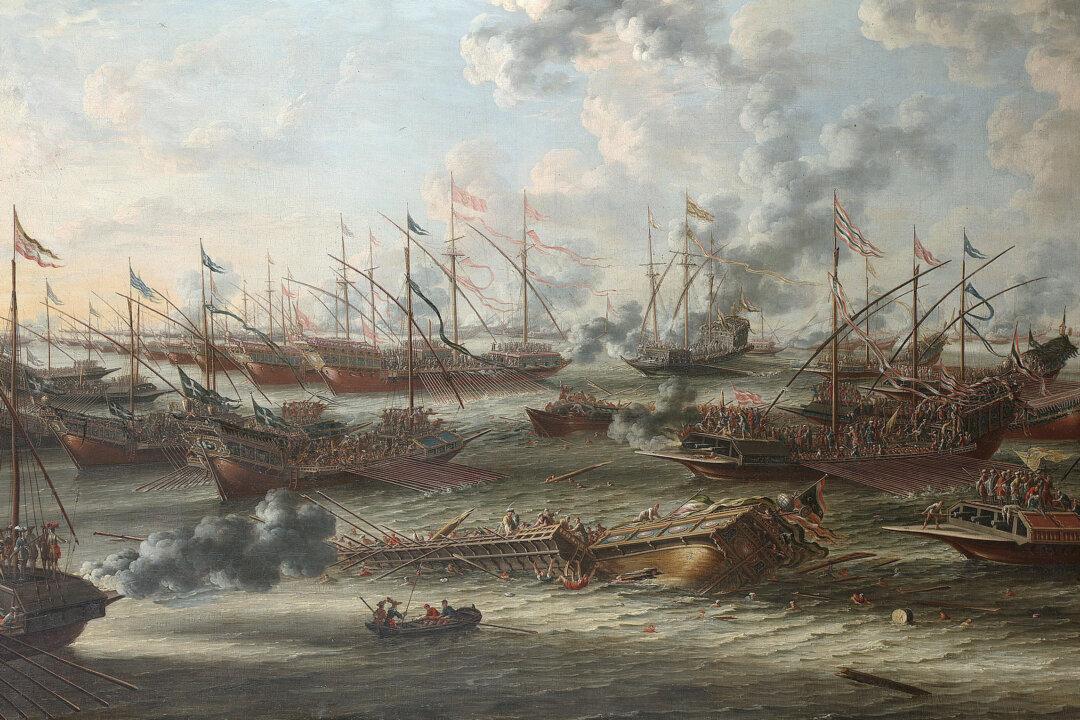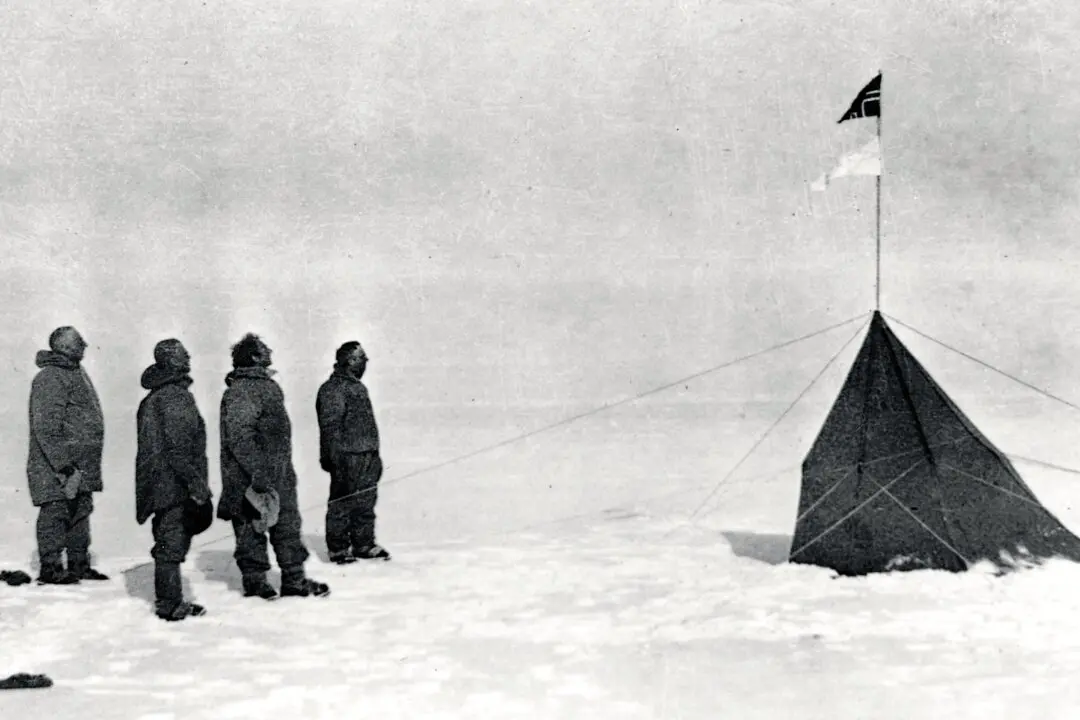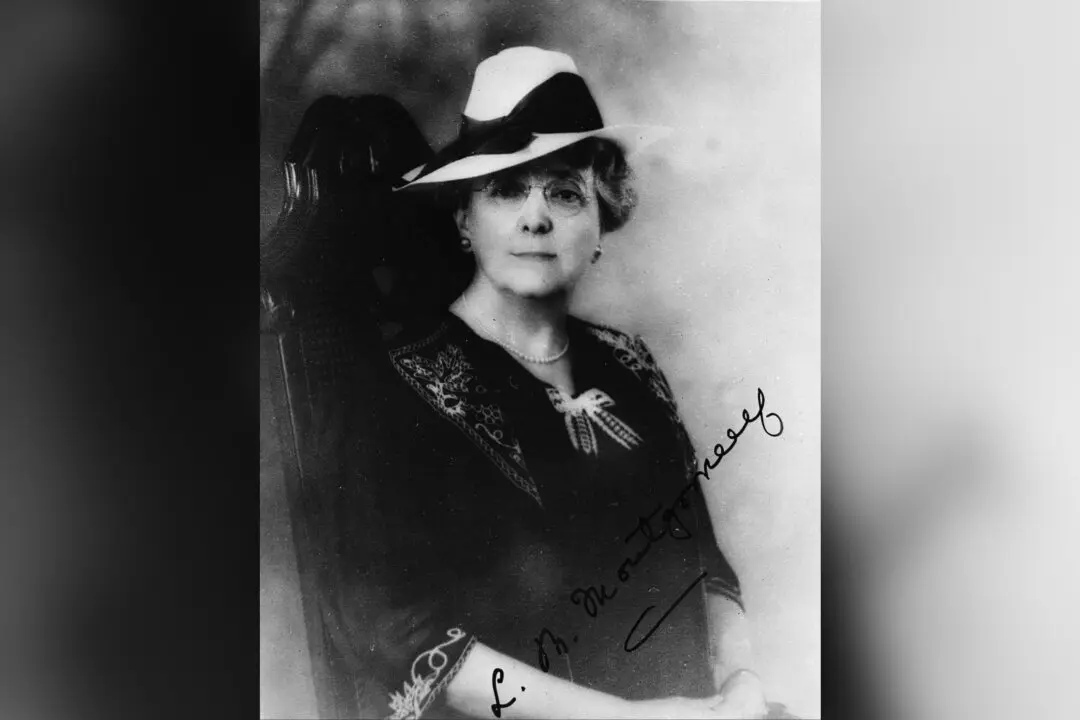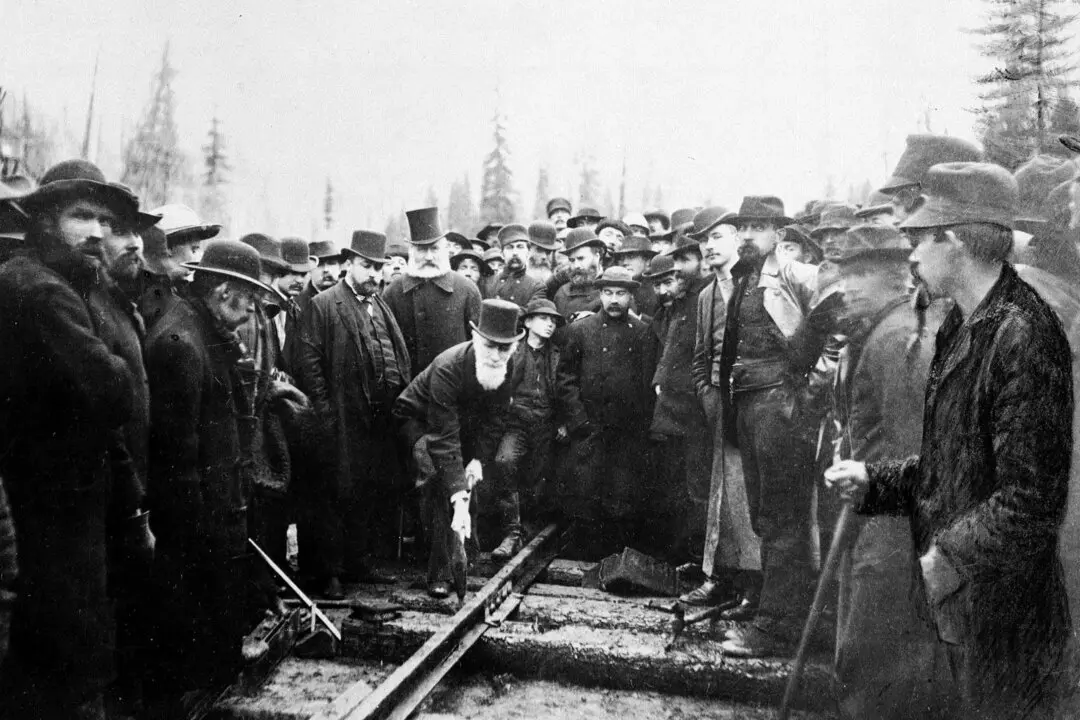Commentary
Since the 1370s, the Ottoman Turks had been making themselves the dominant power in the Middle East and the Mediterranean, rolling back Christian and other Muslim opponents. In 1453 they destroyed the last remnant of the Roman Empire when they smashed in the walls of Constantinople; in 1517 they seized Egypt and Arabia and claimed the Sunni Caliphate; in 1522 they drove the Knights of St. John out of their fortress in Rhodes; in 1527 they reached the gates of Vienna.





